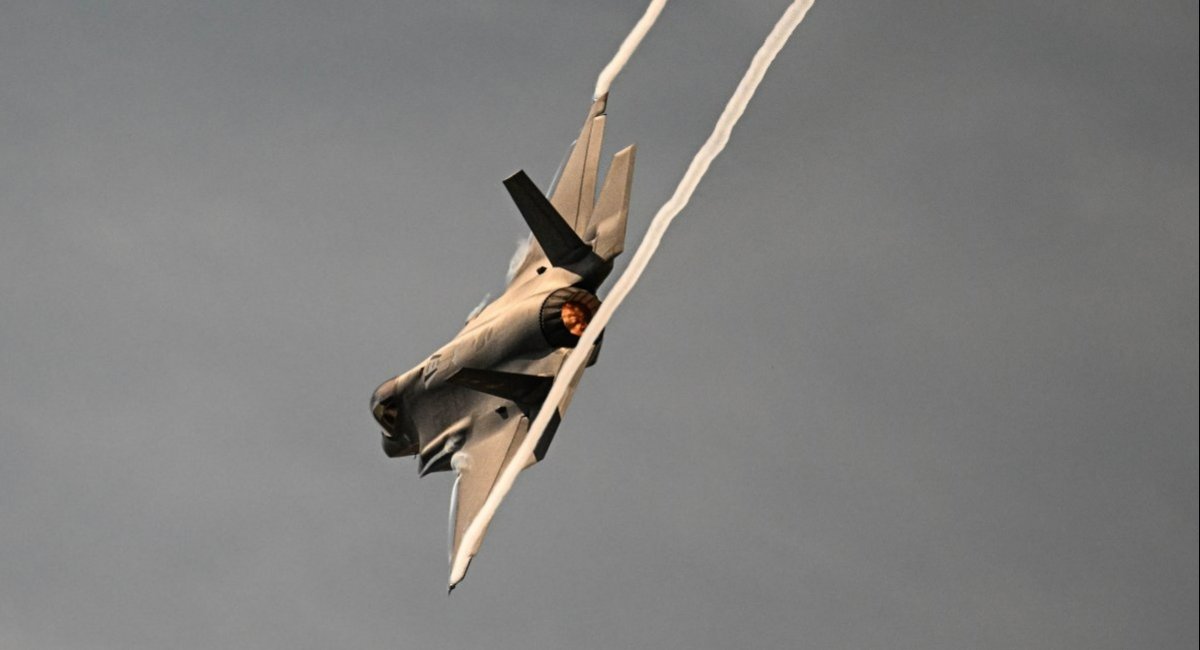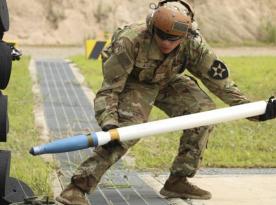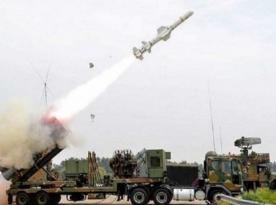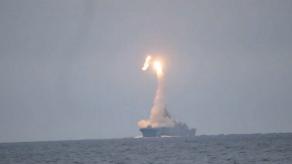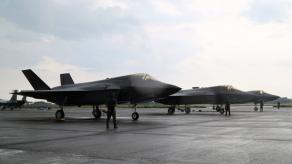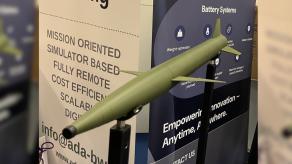Speaking with the press reported this Thursday, the U.S. President Donald Trump announced a "super upgrade" of the F-35 multirole fighter jet. The revamped aircraft he called the F-55 will be converted into a twin-engine machine. During an event in Doha celebrating the sale of Boeing airliners and GE Aerospace engines to Qatar Airways, President Trump said:
"I'm gonna call it an F-55. That's gonna be a substantial upgrade but it's going to be also with two engines because the F-35 is a single-engine. I don't like single-engines," Trump said, adding: "If an engine goes out, it's nice to have two, three, or four."
Read more: Lockheed Martin Announced 5+ Generation Fighter Development Based on F-35, Promised to Deliver a "Ferrari"
While raising reasoned skepticism about such a modernization, this statement overlaps with the recent announcement from James Taiclet, CEO of F-35 manufacturer Lockheed Martin. Two weeks ago, Taiclet said they plan to create an F-35 variant upgraded to the "5+ generation" featuring 80% of the functionality attributed to the 6th-gen Boeing F-47. He disclosed no other details, except that the project had already been demonstrated in Washington.
That said, the real question is which engine will be installed in the F-35 and how they will make it happen because it is that simple as it sounds. After all, engines are often the cornerstone of a fighter's entire design with all other subsystems made to conform to the propulsion system layout. How much it matters in the case of the compact and relatively small F-35, the following infographics illustrates aptly:
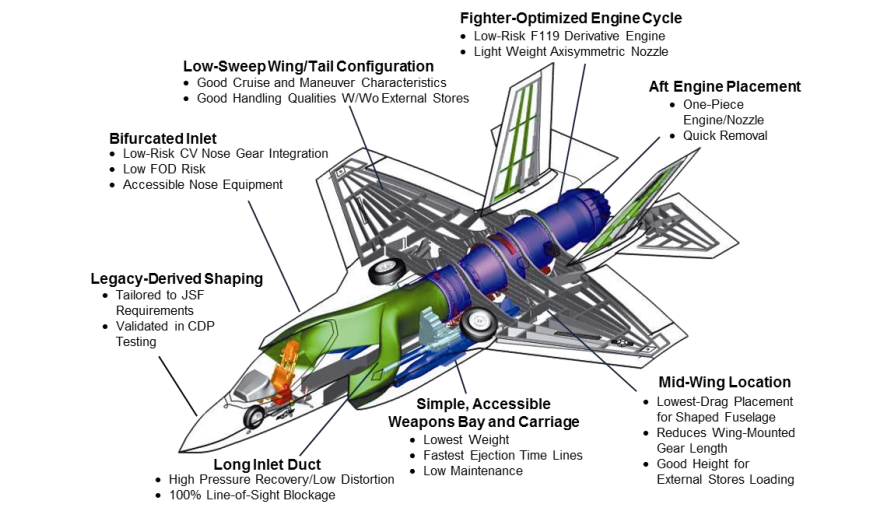
Evidently, in reality, replacing one engine with a twin-engine unit entails a complete redesign of the aircraft from scratch: starting from the fuselage and power elements to rearranging all subsystems and assemblies. Basically, the result would be a brand new aircraft. It is especially relevant for the F-35B version that uses a vertical lift fan to take off naval carriers. On the other hand, this may justify using the new name F-55 instead of keeping the old F-35.
But all these challenges invoke a different question: why install an additional engine in this aircraft at all, because in the end, the cost will skyrocket and complicate its maintenance with little to offer in return. Yes, the twin-engine design can allow carrying increased payload: weapons, fuel, auxiliary systems, etc.
If we assume Lockheed Martin director was referring to this modification speaking of the F-35 modernization project, some pieces come together. The improved F-35, according to Taiclet, is to offer up to 80% of the F-47's capabilities at lower price. Some of these capabilities have been presented to the public, including the combat radius of 1,300 km, a slightly higher speed and increased stealth. One way to achieve these parameters is to increase the number of engines, indeed.

At this point, the problem is which engine to choose. Presume the existing F135 from Pratt & Whitney is modified, for example, by returning to the design of the XA101, an adaptive version discarded in the process of development.
Alternatively, they could use the undisclosed engines for the F-47. Logic says it should be Next Generation Adaptive Propulsion — a new adaptive engine that is currently being developed in a competition between General Electric with its XA102 and Pratt & Whitney with XA103.
A whole different but much simpler explanation is that Trump was playing to the public without actually knowing what he was talking about.
Read more: Not a Multitool: U.S. Disclosed First F-47 Specs, and It Won't be a Multirole Fighter




